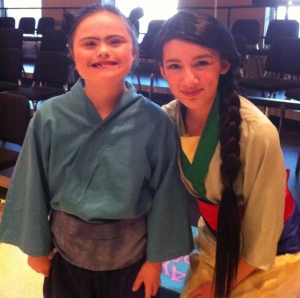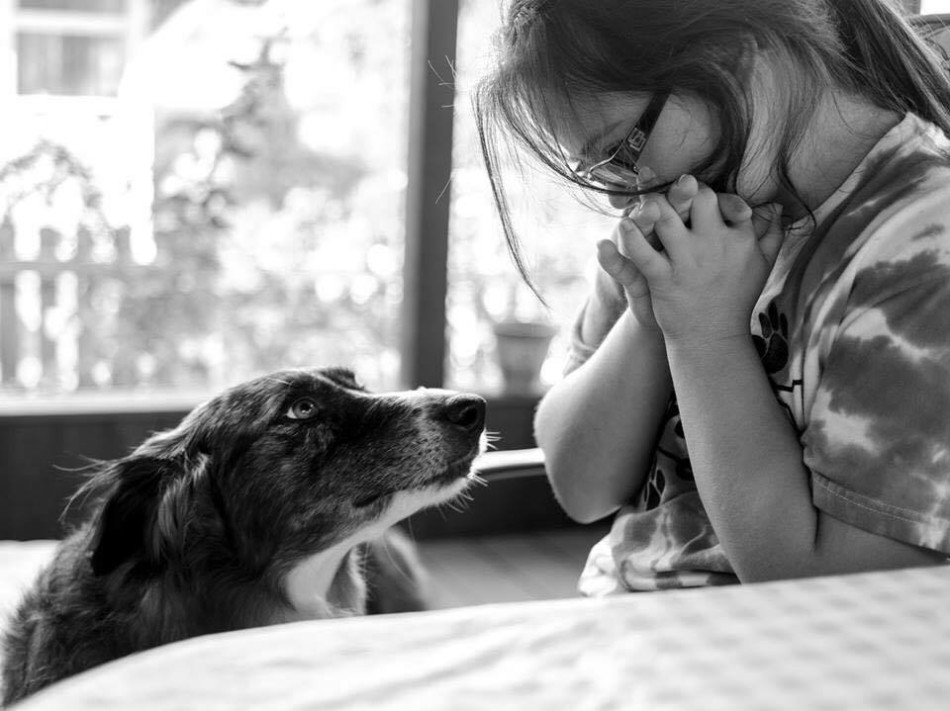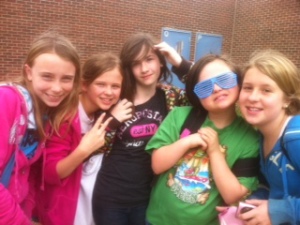Wow! You guys like social inclusion tips. Many of you reached out and wanted to share the first five tips and some of you even wanted to use them in newsletters! This is one of my main purposes in blogging is to share information that might help someone. So a pat on a the back for all of us. As I mentioned in the original post, I made a top ten list. This blog completes the set and includes the second five of Jawanda’s Top Ten Tips for Teachers.
6. Be consistent in the classroom, playground, assemblies, etc. All students want to know they matter, so being consistent with all students helps them feel like they are being treated the same.
a. If everyone has homework then all students have homework and are expected to do it. Of course someone’s work might be modified, but no one needs to know. All they know is everyone has homework.
b. Keep expectations the same. If students are called out for doing something wrong, then all students should be called out for it. Hence they’re all the same. Students know when they are being treated differently.
c. Do not group students with disabilities together in a section or bring them in as a group. They should be part of their general education class group. Also – if you have noise sensitivity issues, fear of heights, etc. find peers to help students with that.
d. Call on students when they know the answer because students want to participate. Likewise if you call on students without hands up make sure to do the same with those who have special needs. Just gently guide them to the answer. The sense of pride students feel when they answer a question off guard is amazing!
e. When planning activities, outings, parties, etc. be mindful of the child with Down syndrome and health issues, sensory issues, etc. Consider ahead of time who they can be partnered with for a successful experience and that should not be an adult.
7. Basic “Good Teaching” Strategies: Get to know your students. Learn about Down syndrome. Focus on abilities, not disabilities. Be involved in IEP meetings. Share strengths. What is the student doing really well? Where has the student shown growth? Be willing to share thoughts, ideas, and strategies. This is your student and you are a member of the team. 🙂
8. Listen to their stories and encourage them to share them with others. If a teacher has time to encourage social time, students will foster and embrace it. Remember to give a child with Down syndrome at least 10 seconds to process what you are saying. Sometimes it takes their brains a little longer to pull the information. This is actually a good rule for many people with and without an intellectual disability.
9. Conflict and Adults Being Adults: When there is a conflict with a child with Down syndrome, it is often difficult to get an accurate accounting of what happened. I caution you –
a. Do not call in those involved in one big group. Bring them in separately. Many if not most children with Down syndrome are pleasers. By nature of their disability, they have working memory issues. So when you bring them in with the person who hurt them (physically or emotionally), they become confused and they may say nothing happened. Often they confuse what happened weeks, months or years ago with what happened today. They may also confuse reality with their imaginary life. Some researchers say they see life as one movie, each frame building upon another.
b. Try to find out anonymously from someone who wasn’t involved in the issue.
c. If a person with Down syndrome does something wrong, they should be disciplined appropriately but you must know they understand. You must also learn what the antecedent was. Example: My daughter got in trouble for putting her hands on someone in elementary. She physically tried to move them because they broke in line. That’s not the story the other child told though. Another child went to the teacher and told her that someone broke in line and that’s why Rachel put her hands on them. Rachel should not have done this, but she is a rules follower and sometimes feels it is her job to enforce them! She decided it was her job to move this child to where she belonged.
d. As adults pay attention to body language and listen to conversation and intervene if needed. Contact parents if needed.
10. Outside/extra-curricular activities. If possible, be a part of the child’s life outside of school. For example, if they have a Down syndrome walk or other awareness event, try to participate. If you can or can’t participate, encourage students to participate.
a. Encourage students with Down syndrome to find activities that are not disability specific. Special Olympics, Field of Dreams and Adaptive Sports are awesome. In these venues primarily you will build relationships with others with disabilities. There is a place for these relationships and they are important. But is there a church that sponsors Upward programs that are well-suited for students with disabilities to be included with non-disabled peers? What about the local dance program? Some of these may just work and a family might not think of it or consider it unless you mention or encourage it. This provides a great opportunity for learning for the non-disabled peers and the adults and hopefully builds peer relationships for school and other real world experiences. Rachel has always participated at a typical dance studio and community theater, Christian Youth Theater (CYTKC.) Friends from both places are at her school and they look out for her. One of her CYTKC friends is even her peer mentor at school.

b. Look for ways to include students with Down syndrome. One of the special education teachers who was at Rachel’s transition meeting noticed that she liked sports. She called and wanted to know if I thought Rachel would want to be the Freshman Volleyball Manager. She coached and she thought it would be fun and give Rachel a peer group. Rachel loved being the volleyball manager! She gave them pep talks and went to the games and has in the teacher/coach a mentor.
I would remind you that most of these tips came directly from teachers who I have witnessed having done a good job with students with Down syndrome. A resource I highly recommend is Mental Wellness in Adults with Down Syndrome: A Guide to Emotional and Behavioral Strengths and Challenges by Dennis McGuire and Brian Chicoine. It says adults but really addresses issues beginning in adolescence and is just some good basic education.
Many of the things I’ve mentioned could be good for any students and they aren’t new discoveries. Persistence and willingness to take risks are keys. Educators get to see how students interact and are able to give guidance that a family/child needs. Often our friendship woes are the same whether we have a disability, communication disorder or not. However, it is much harder for students with communication disorders to maneuver systems and communicate among so many people in understandable ways. I personally believe that the value of positive peer relationships in any of our lives is not measurable!


